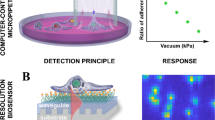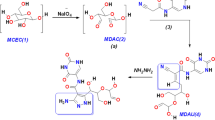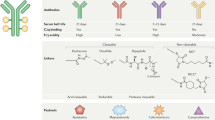Abstract
Metastases are the cause of 90% of human cancer deaths. Cancer in situ can usually be effectively removed by surgery. Once cancer cells disseminate from the original site and start to circulate in blood, lymph, or other body fluids, the disease becomes almost incurable. Here we show that cancer cells in a non-adherent, 3-dimentional growth pattern are highly drug resistant compared to their adherent counterparts that grow in monolayer, attaching to the wall of tissue culture plates. The non-adherent cancer cells retain the adhering potential and can attach to an appropriate surface to reacquire adherent phenotype. Once the non-adherent cancer cells become attached, they regain drug response, similar to the original adherent cells. A significant increase in the expression of CD133, CD44, Nanog, survivin, and thymidylate synthase was observed in the non-adherent cancer cells compared to their adherent counterparts, which may underlie the mechanisms of multidrug resistance of the cells. Since the non-adherent cancer cells cultured in vitro resemble the circulating metastatic cells in vivo in that both cells exhibit suspended non-adherent phenotype, possess re-attaching potential, and are highly drug resistant, we suggest that circulating metastatic cells can attach to an appropriate surface to gain adherent phenotype and subsequently acquire drug sensitivity. We propose that devices coated with cell attachment materials or small particles of extracellular matrix and collagen that mimic the structural framework of real human tissues to which cells can attach and grow may be able to stabilize the circulating metastatic cells. Once the metastatic cells undergo attachment and become adherent, they gain drug sensitivity and can be killed by anticancer drugs that are either administered to the blood or conjugated to the devices.
Similar content being viewed by others
Article PDF
Author information
Authors and Affiliations
Corresponding author
Rights and permissions
About this article
Cite this article
Singh, N., Chakrabarty, S. & Liu, G. Multidrug resistance of non-adherent cancer cells. Nat Prec (2010). https://doi.org/10.1038/npre.2010.4488.1
Received:
Accepted:
Published:
DOI: https://doi.org/10.1038/npre.2010.4488.1



